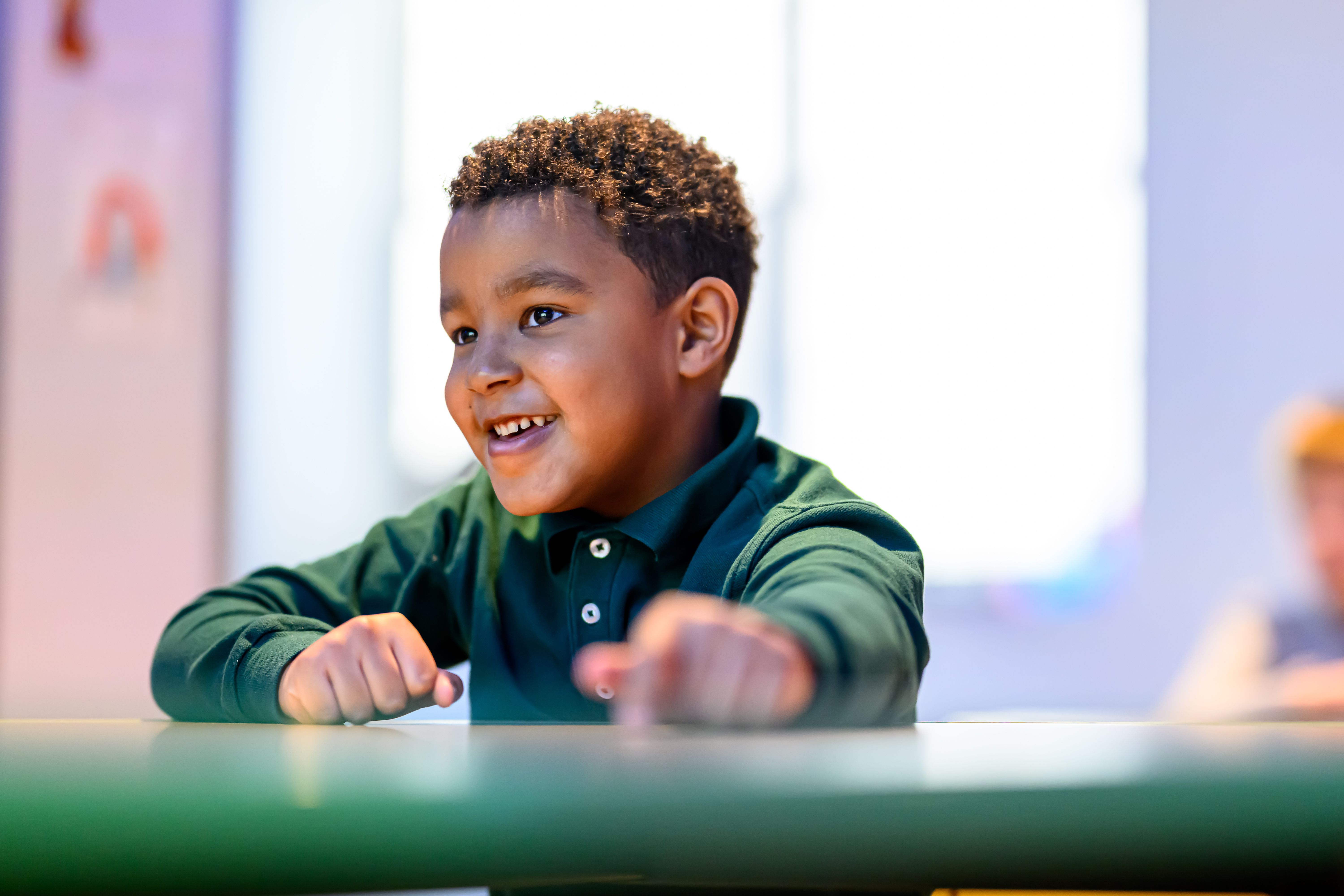At Fessenden, we often hear that students are happy to go to school each day. Beginning with our youngest Pre-K students, you can see them dash into school from the bus or their parents’ car, accompanied by their oversized backpacks and an excitement to learn.
But what’s the magic recipe that creates a happy, engaged learner? And does happiness actually mean that a child is learning?

At Fessenden, there are a number of benchmarks that teachers and parents see and look for during a child’s time in Pre-K and Kindergarten. They include increased confidence, an interest in and retainment of new types of information, improved peer relationships, and a personal involvement in the community that comes with a higher sense of belonging. These benchmarks are supported and enhanced by a number of essential curricular elements that make a difference in a child’s learning experience.
Here are a few elements that are infused into the curriculum at Fessenden:
Channeling ‘Boy’ Energy
We often hear from parents that their son stood out as “more active” in their previous classrooms and social settings. One parent shares that “being with all boys is such an ideal environment for our son. When his teacher described him as ‘mellow’ we were not only shocked, but so relieved to see educators who best understand who he is, and celebrate it.” They also tell us that their child’s peers, typically girls who had the ability to focus longer, benefited most from the instructional style at their previous school, but at Fessenden, teaching is specifically designed to accommodate “boy energy.”

Research actually shows how single-sex education helps 5-year-old boys learn. According to Danielle Chambrelli, a kindergarten teacher at Fessenden, an all-boys classroom environment is “really special because instead of fighting against the way boys naturally learn and develop, we’re able to incorporate their energy into everyday learning.” She adds that boys tend to move around so teachers intentionally incorporate movement into most of the things that they do.”
Promoting Public Speaking
At Fessenden, teachers believe in promoting public speaking skills early. Throughout a child’s time in Pre-K and Kindergarten, there are a number of opportunities for our littlest students to stand before their peers and practice confidence, eye contact, volume, and a general comfort with talking in front of others. Examples include smaller opportunities during circle time and within classroom environments, and bigger opportunities like concerts and play performances. One Pre-K parent shared that to see her son “have the confidence to stand up by himself at the Winter Concert and welcome everyone felt like a tremendous milestone that brought tears to our eyes.”

The importance of public speaking at an early age is supported by research and renowned public speakers. According to Manoj Vasudevan, a Toastmasters World Champion of Public Speaking, “a person who is able to skillfully express himself or herself as an orator, especially early in life, is more likely to foster better friendships and relationships and build a larger network of collaborators.”
Teaching the Value of Friendship
Friendship is at the heart of learning in our Pre-K and Kindergarten classrooms. We spend a lot of time talking about the importance of friendship and what it means to be a compassionate person. From the books we read, to the games we play, to the lessons we learn, kindness takes center stage.

Teaching the value of friendship and compassion builds important social-emotional skills, helps children develop a sense of belonging and a sense of place, and increases happiness and confidence. Kindergarten Teacher Becky Shelton notes, “It’s a process. We all make mistakes, but we learn from them, and these lessons help us build on what we do tomorrow and the next day.”
Read On

How All-Boys Kindergartens Teach Boys to Love Learning

What Is the Ideal Ratio of Day Students to Boarders at a Junior Boarding School?

